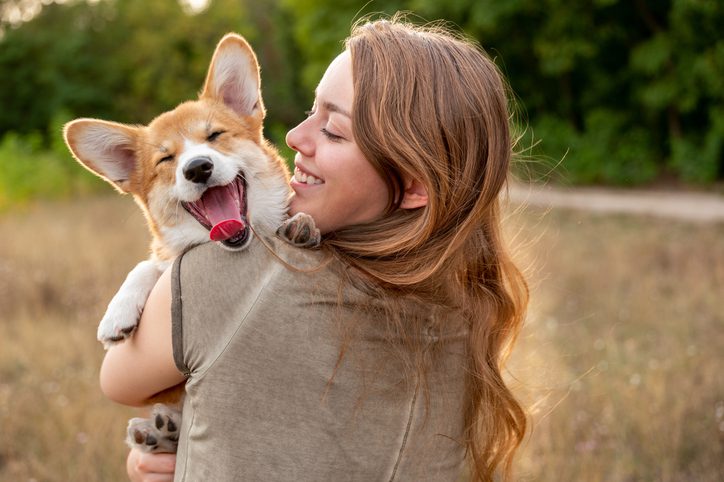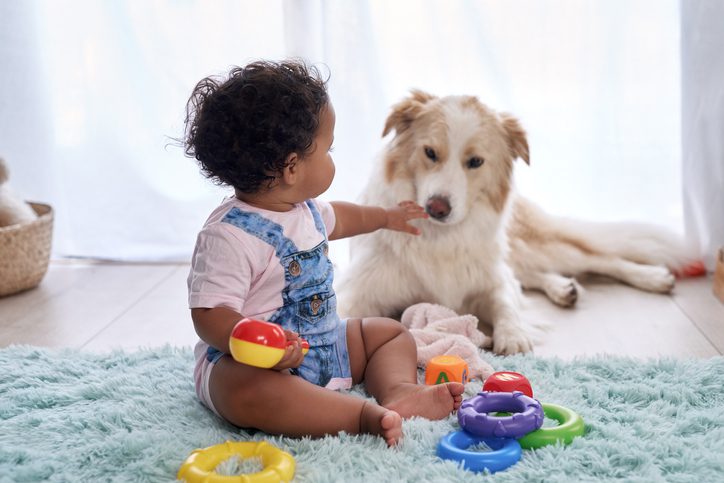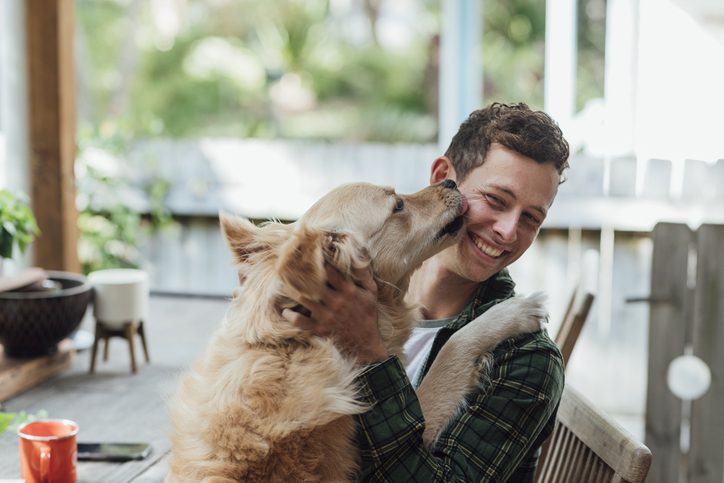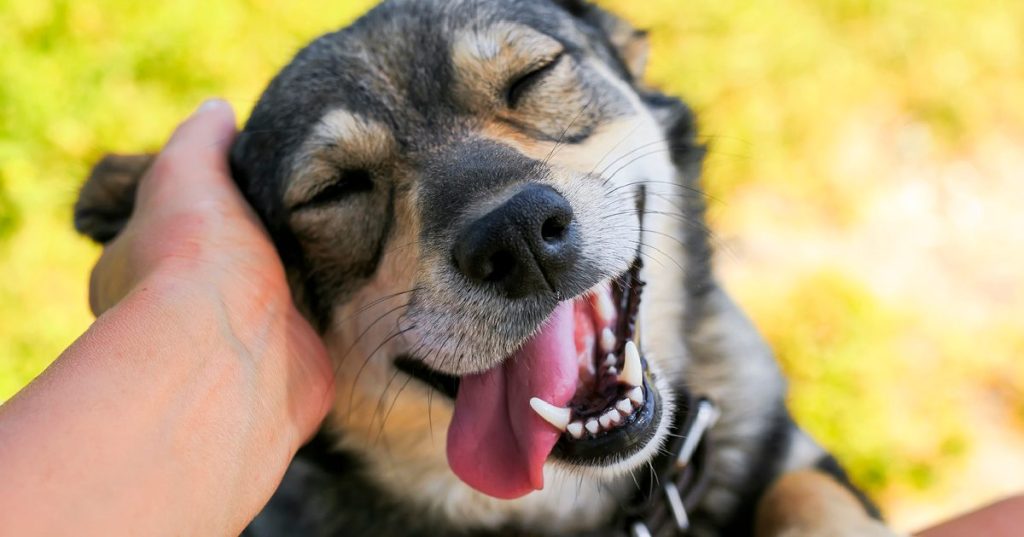Dogs are man’s best friend, and that’s been true for thousands of years. It makes sense, then, that we want to know as much as possible about our puppy buds, and there are animal behavioralists out there learning all we can about how their minds work all of the time.
Below are 13 cool things we’ve learned from the brain scans of dogs.
13. We share a “love hormone.”

Image Credit: iStock
Dogs and humans both experience chemical changes during heightened emotional states, and one of the hormones responsible – for both of us – is oxytocin, associated with love and affection.
A study out of Japan found that levels of oxytocin increase in both dogs and people when they were affectionate with each other, and researchers think this is part of why dogs have bonded socially with humans as a species.
12. They can sympathize with us (to a degree).

Image Credit: iStock
If it seems like your dog can sense when you’ve had a bad day or something has upset you, that’s because they sort of can.
They’re not empathizing in the way that a human can, but they are feeling something called “emotional contagion,” which is a response to your feelings, even if they don’t understand them.
Some very sensitive dogs will offer comfort to their owners and even to strangers in an attempt to help.
11. They process sound similarly to humans.

Image Credit: iStock
The same area of human and canine brains are activated when they hear sound in general, and human voices in particular.
Dogs have different reactions to, say, whimpering and angry barking, and they can also differentiate between human sounds like laughing and crying.
10. They have a little in common with babies.

Image Credit: iStock
According to scientists, your dog and your two-year-old child are about on the same level of mental functioning. Dogs, like young kids, will go to their people for comfort or help, and most dogs are able to solve simple problems as well.
Scientist Gregory Berns wrote for the New York Times that “the ability to experience positive emotions, like love and attachment, would mean that dogs have a level of sentience comparable to that of a human child.”
9. They understand at least some of what we say.

Image Credit: iStock
Studies reveal that dogs process language in the same region of the brain as humans do, too, and they get what we’re saying (at least some of the time).
This Hungarian study revealed that familiar words are processed in the left hemisphere of a dog’s brain, while emotional tones are processed in the right – which is exactly how human brains work, too.
8. And they listen to how we say them.

Image Credit: iStock
That same study discovered an argument for training with positive reinforcement – their brain’s reward centers are stimulated by words spoken in a pleasant tone.
Like with people, dogs’ auditory cortex is stimulated by vocal sounds with an emotional tone, but especially those that are positive and happy – so keep talking sweet, happy gibberish and watch those tails wag.
7. It’s weird that they make eye contact.

Image Credit: iStock
No other non-primate makes eye contact the way that dogs do – when they want something, when they’re listening hard to what you’re saying, etc.
The reason, according to neuroscientist Atilla Andics, that’s because “bonding with owners is much more important for dogs than other pets.”
That said, you still don’t want to get into a staring contest with a dog you don’t know, in case they interpret it as a challenge. Still, if you’re working on training your dog, it can really push you both toward success.
6. They do dream.

Image Credit: iStock
You’ve surely seen your dog growling or twitching in their sleep, and you’ve probably wondered what they’re dreaming about, too – which science has determined they’re definitely doing.
Dogs have the ability to dream, with small breeds dreaming more often and bigger breeds having longer duration dreams.
What they dream about is still up for debate.
5. They know how you’re feeling.

Image Credit: iStock
Dogs can distinguish between your expressions, and they use that information to react how they hope is comforting and helpful to their person.
Likewise, if you’re paying attention to them, they’re likely top stop what they’re doing to focus on you – and the opposite is also true.
4. Your dog doesn’t feel badly about their naughty behavior.

Image Credit: iStock
Even though you might think your dog feels guilty or ashamed when you lay into them about getting into the trash, but actually, they’re afraid of your reaction.
Basically, studies have shown that they’re responding to your cues, and not to any innate feelings of their own.
3. They seek out your scent over others.

Image Credit: iStock
Smell is one of your dog’s most important senses, and with 300 million-ish olfactory receptors, they put it to good use, too.
A 2014 study revealed that dogs prioritize human scents over the smells of other dogs and even smells they consider pleasant – your scent activates the reward center in their brain.
2. They recognize our faces, too.

Image Credit: iStock
This study examined the dogs’ reactions to everyday objects versus human faces and found their brain activity changed while looking at faces. The activity took place largely in the temporal cortex, which is also where humans process faces.
1. They love us.

Image Credit: iStock
Research shows that dogs consider us part of their family, or pack, and they love us a lot.
A study out of Vienna showed dogs are more willing to perform tasks for their owners, and that their positive receptors light up when they get praise in return.
I love dogs, y’all, and all of this makes me love them even more!
What do you want explained about your dog and their behavior? Tell us in the comments!






